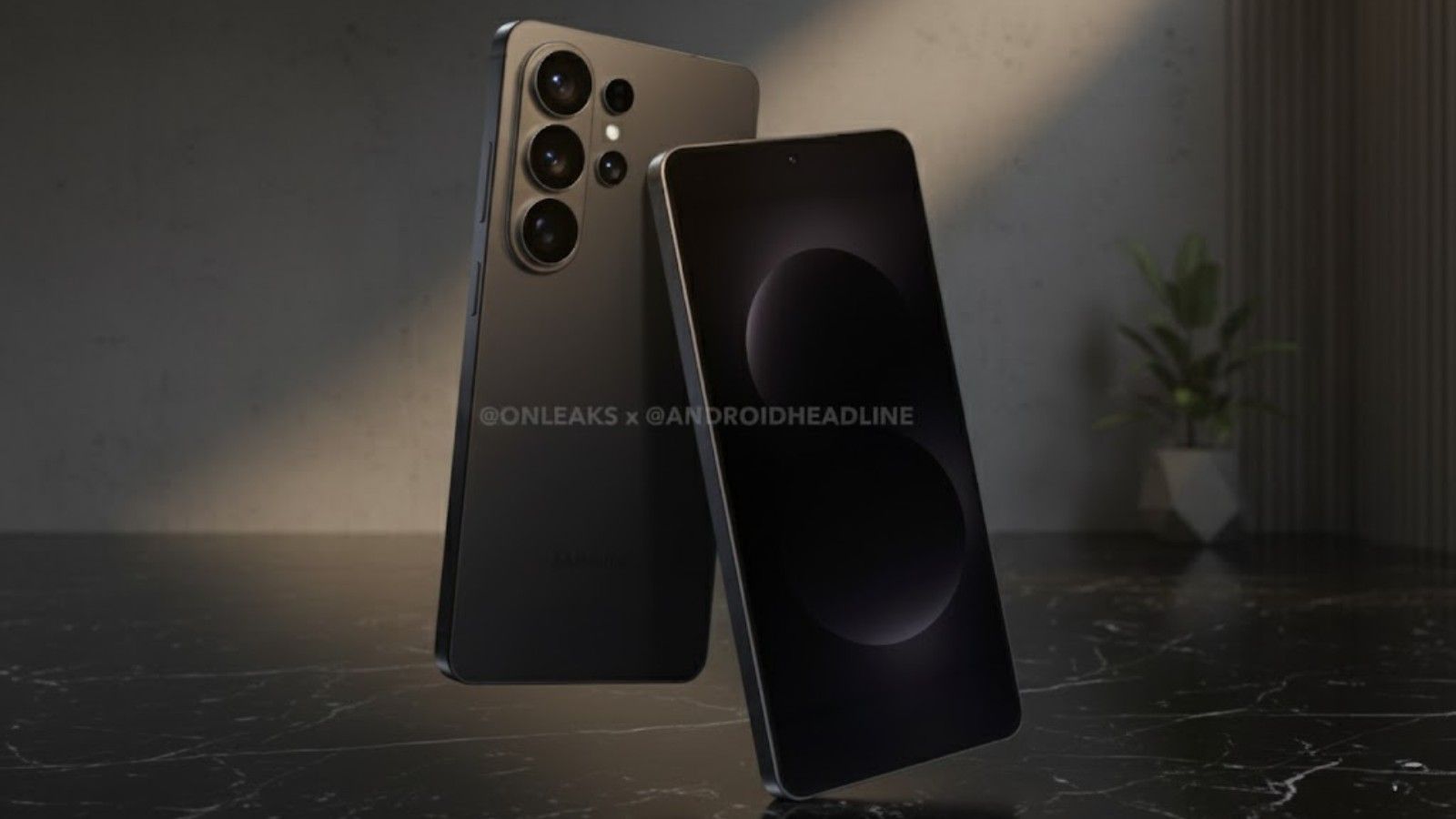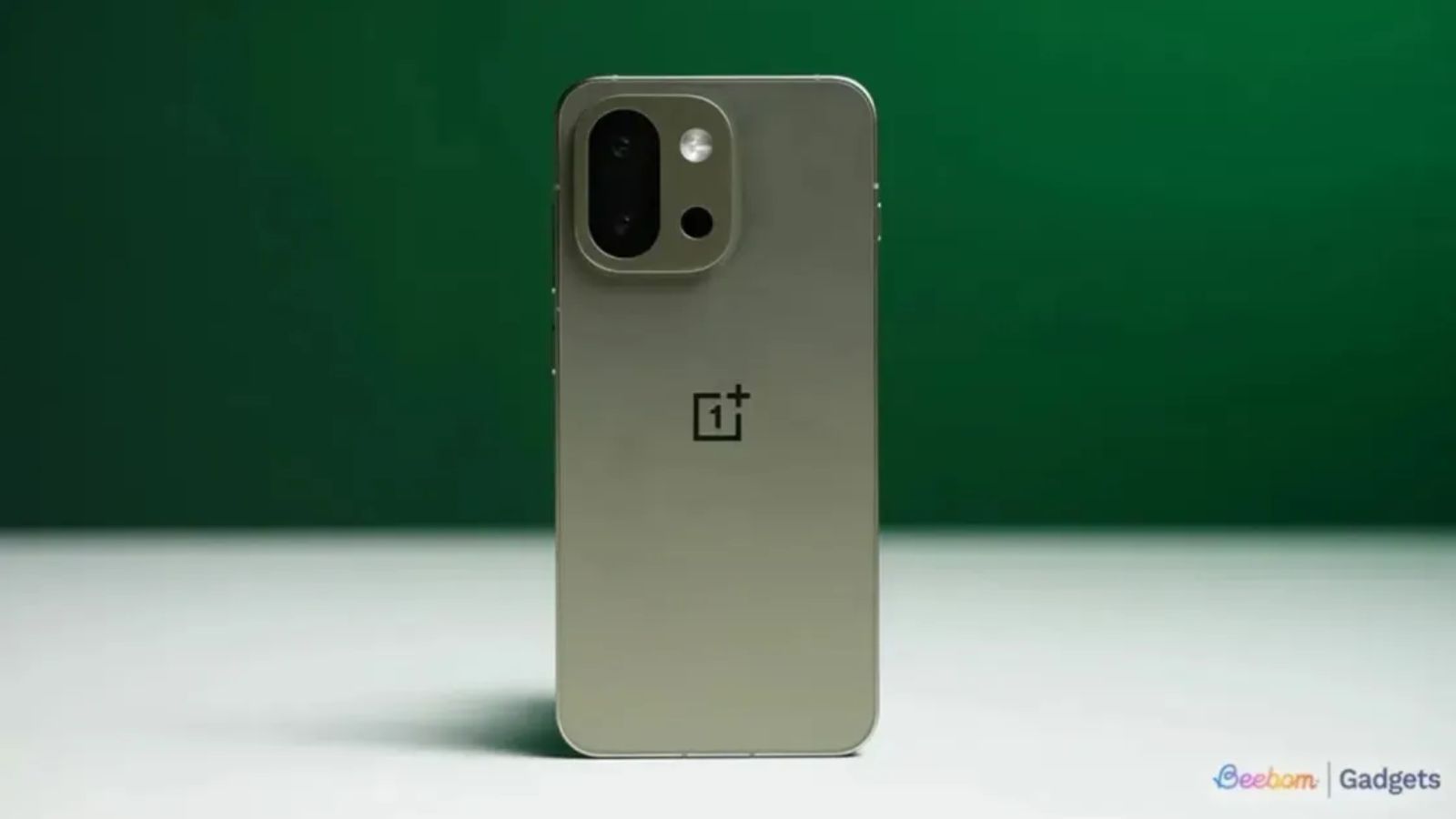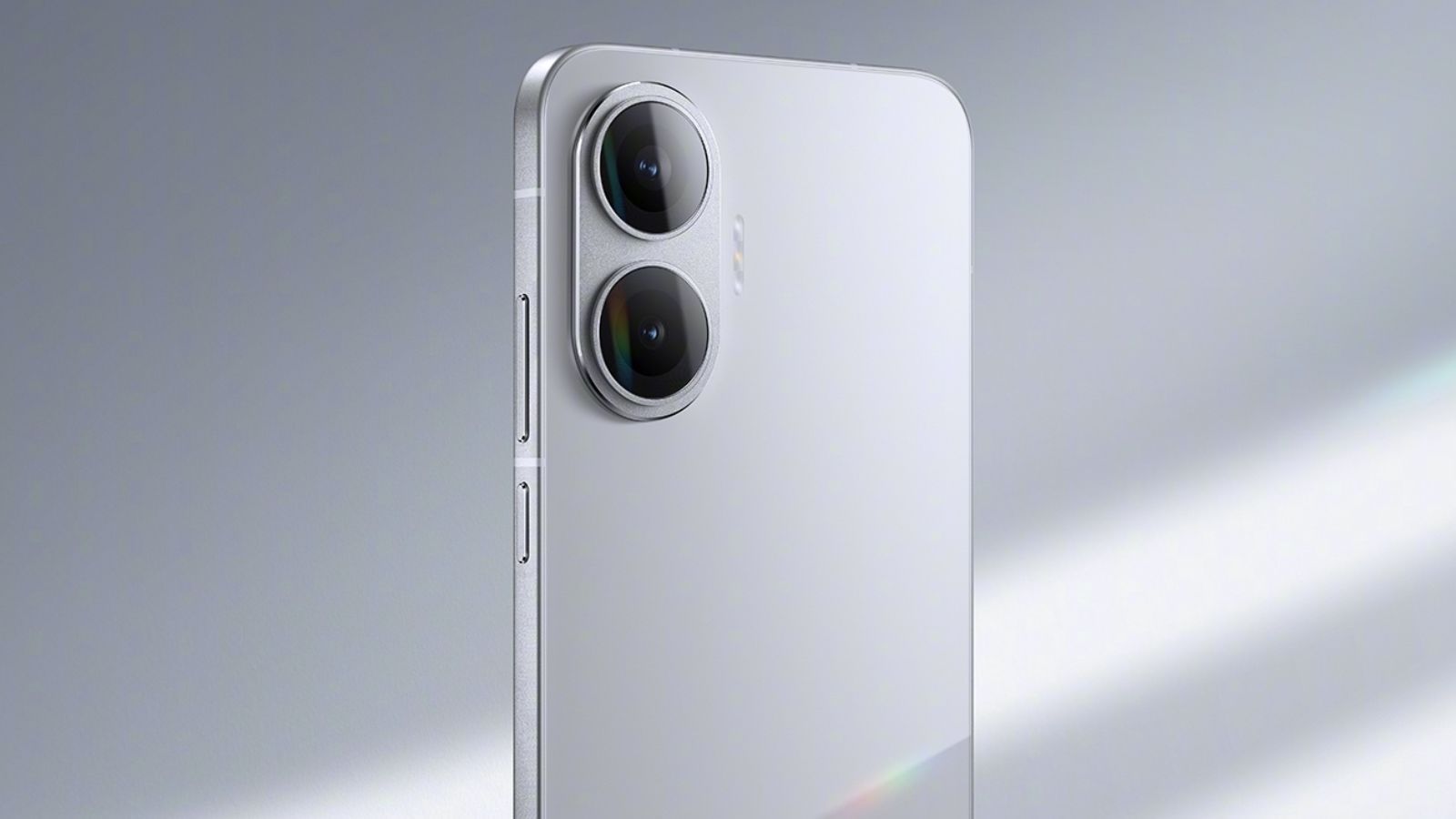Summary
- In our AnTuTu benchmark test, the Tensor G5 on the Pixel 10 Pro scored 1,291,252 points, about 20% higher than last year's Tensor G4.
- The Tensor G5 has seen a notable improvement in CPU performance, delivering 35% faster performance in the multi-core Geekbench test.
- While CPU performance is much improved, the GPU remains underwhelming.
Notes
We benchmarked the Tensor G5 chipset running on the Pixel 10 Pro.
Google has launched its Pixel 10 series, powered by the in-house Tensor G5 chipset. Each year, Pixel fans patiently wait for Google to fix the Tensor chipset, but are often disappointed by poor efficiency, subpar battery life, and heating issues. However, with the Tensor G5, things are starting to look promising. So in this article, we have benchmarked the Tensor G5 chipset to understand its CPU and GPU performance on AnTuTu, Geekbench, CPU Throttling Test, and more.
Tensor G5 AnTuTu Score
AnTuTu Benchmark | Score |
Tensor G5 AnTuTu Score | 1,291,252 |
CPU | 457,073 |
GPU | 382,578 |
Memory | 242,613 |
UX | 208,988 |
Let's start with the AnTuTu benchmark. We ran the AnTuTu benchmark on the Pixel 10 Pro, and the Tensor G5 managed to achieve an overall score of 1,291,252 points. The 8-core Arm Cortex CPU received 457,073 points and the new DXT-48-1536 GPU scored 382,578 points. Looking at the AnTuTu score, it's clear that Tensor G5 is not a flagship chipset, but it brings a notable jump in CPU performance over last year's Tensor G4.
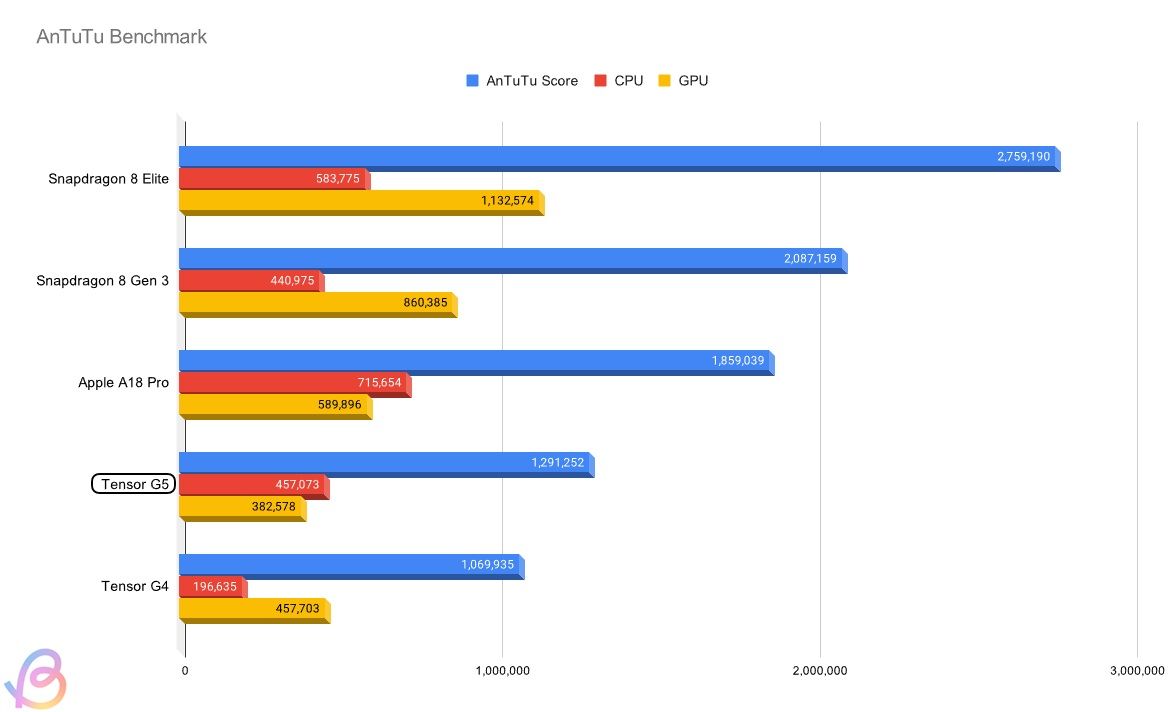
Compared to flagship chipsets like the Snapdragon 8 Elite and Apple A18 Pro, the Tensor G5 performance looks mediocre, at best. Other chipsets have crossed the 2-million mark on the AnTuTu benchmark, but the Tensor G5 is struggling to touch even 1.5 million points.
Tensor G5 Geekbench Score
Geekbench 6 CPU | Tensor G5 |
Single-core | 2,285 |
Multi-core | 6,191 |
Now, coming to the Geekbench 6 CPU test, the Tensor G5 scored 2,285 in single-core and 6,191 in multi-core. While not flagship-level CPU performance, the Tensor G5 delivers 35% faster multi-core performance than the Tensor G4. Thanks to TSMC's 3nm process node, Google has been able to elevate the frequency on existing CPU cores, and squeeze more performance out of the processor.
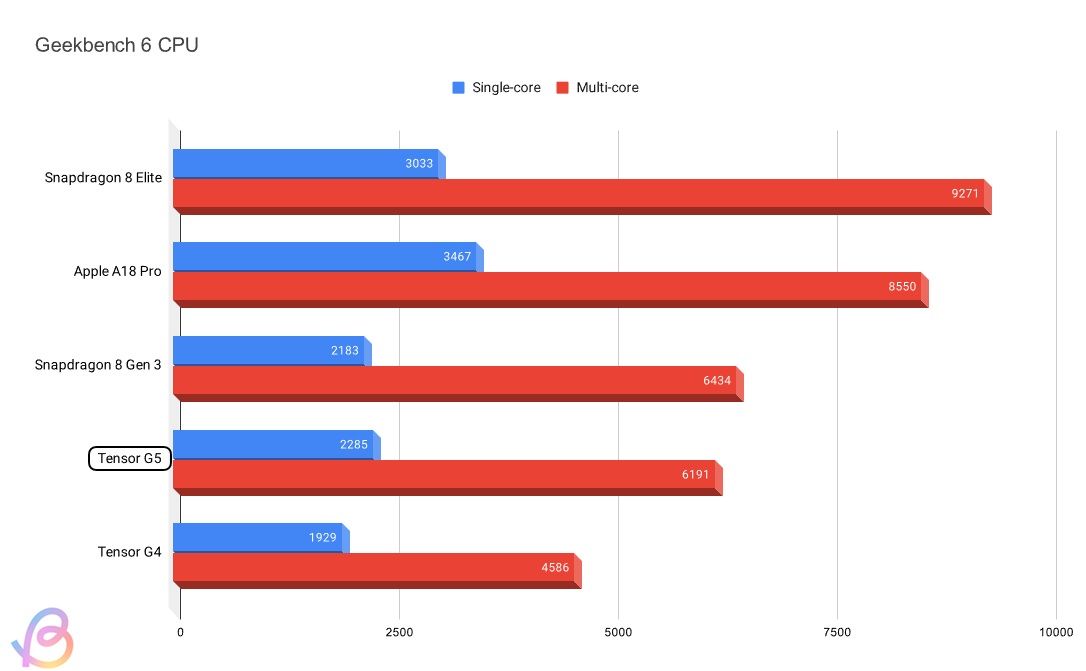
That said, compared to rival chipsets, the Tensor G5's CPU performance is not in the same ballpark as the Snapdragon 8 Elite or Apple A18 Pro. At best, the Tensor G5 CPU matches the performance of the two-year-old Snapdragon 8 Gen 3.
Tensor G5 CPU Throttling Test
CPU Throttling Test | Tensor G5 |
Maximum Score | 408,383 GIPS |
Average Score | 289,135 GIPS |
Minimum Score | 239,312 GIPS |
Throttling Percentage (Higher is better) | 61% |
I was hoping that TSMC's fabrication may improve Tensor G5's sustained performance, but it has not delivered a significant boost, as far as the CPU is concerned. In the 15-minute CPU Throttling Test, the Tensor G5 starts to drop performance just after two minutes of starting the test. Its CPU throttled to 61% of maximum performance.
Although, the chipset tried to recover performance after eight minutes, it quickly fizzled out. Note that the Pixel 10 Pro comes with a vapor chamber, but struggles to sustain all-core CPU workloads for longer. But that's about synthetic benchmark. In day-to-day usage, the Pixel 10 Pro is actually quite snappy and doesn't suffer from major thermal throttling issues that we saw in earlier Tensor chipsets.
Tensor G5 Gaming Performance
When it comes to real-world gaming performance, the new Imagination Technologies DXT-48-1536 GPU inside the Tensor G5 delivered a mixed experience. We tested BGMI and Call of Duty: Mobile on the Pixel 10 Pro and Pixel 10 Pro XL and while gameplay was fluid, there were some limitations.
In BGMI, the Pixel 10 Pro averaged 59.4FPS with a peak temperature of 40.9°C. However, even when set to Smooth + Ultra Extreme (120FPS), the game remained capped at 60FPS, which is disappointing given that other flagships support higher frame rates.
In Call of Duty: Mobile, the Pixel 10 Pro XL reached 88.25FPS at Low + Ultra (90FPS) settings, while maintaining a temperature of 36°C. That said, competing chipsets can push CODM to Medium + Ultra (120FPS).
So while Tensor G5 handled these games with stable thermals, rival chips offer much better graphics performance. Add to that, Wuthering Waves failed to launch on our Pixel 10 Pro review unit.
Tensor G5 Benchmark Gallery
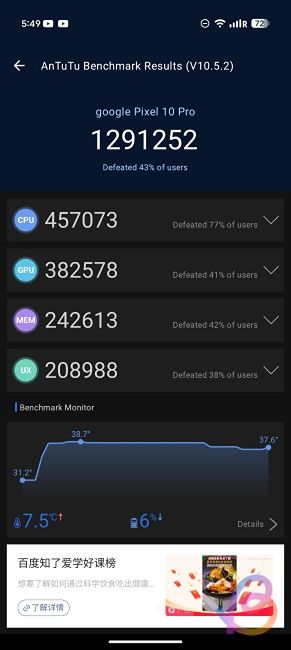
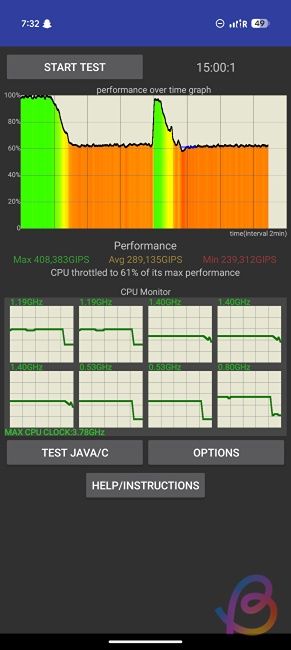
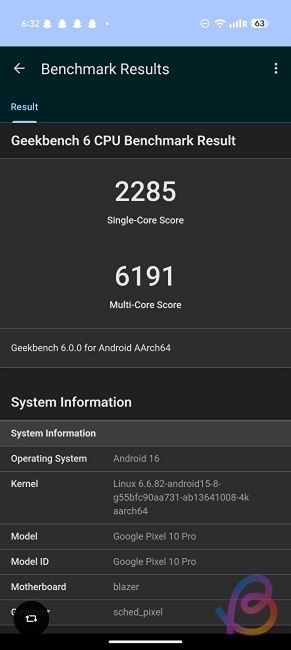
Tensor G5 Specs
Specs | Tensor G5 |
Process Node | TSMC’s 3nm (N3E) |
CPU | 8-core Arm Cortex CPU |
CPU Cores | 1x Cortex-X4 (3.78GHz), 5x Cortex-A725 (3.05GHz), 2x Cortex-A520 (2.25GHz) |
GPU | Imagination Technologies DXT-48-1536 GPU, No Ray Tracing |
Storage and Memory | Zoned UFS 4.0 (512GB and above) and LPDDR5X |
NPU | New Google Edge TPU |
ISP | New ISP, Shoot 4K video at 60 FPS |
Modem | Samsung Exynos 5400 5G modem, Sub-6GHz 5G band support (India) |
Connectivity | Wi-Fi 6E, Wi-Fi 7, and Bluetooth 6.0 |
Verdict
To sum up, Google has notably improved the CPU performance of the Tensor G5 chipset, but it's still far behind rivals. Thanks to TSMC's 3nm process node, the Tensor G5 offers smooth and responsive performance. Heating and thermal issues have also been largely fixed. However, graphics performance is underwhelming for a phone that is priced like a flagship. Overall, the Tensor G5 feels like a step forward in CPU performance/efficiency, but a step back in GPU power.


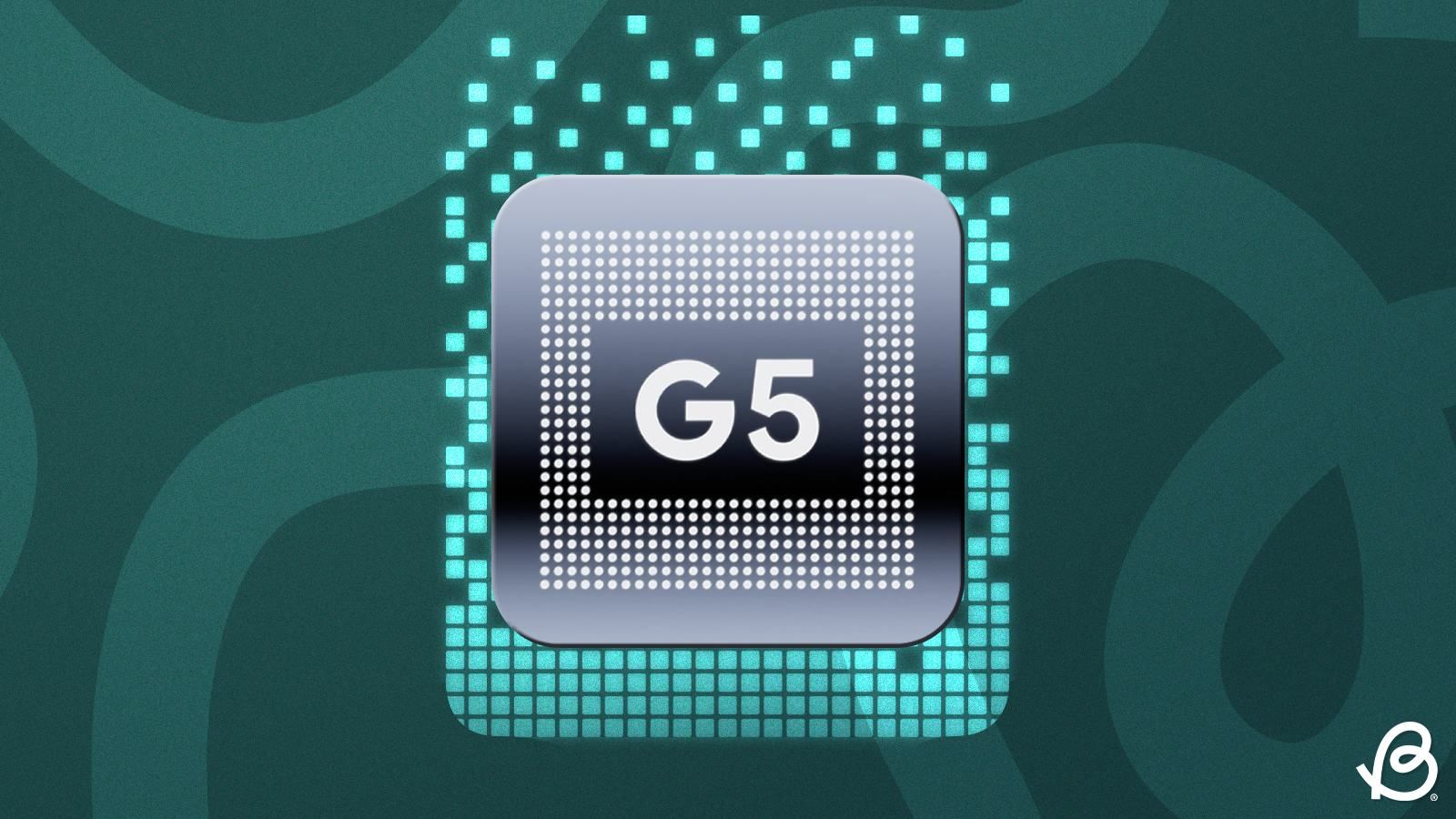



.jpg)
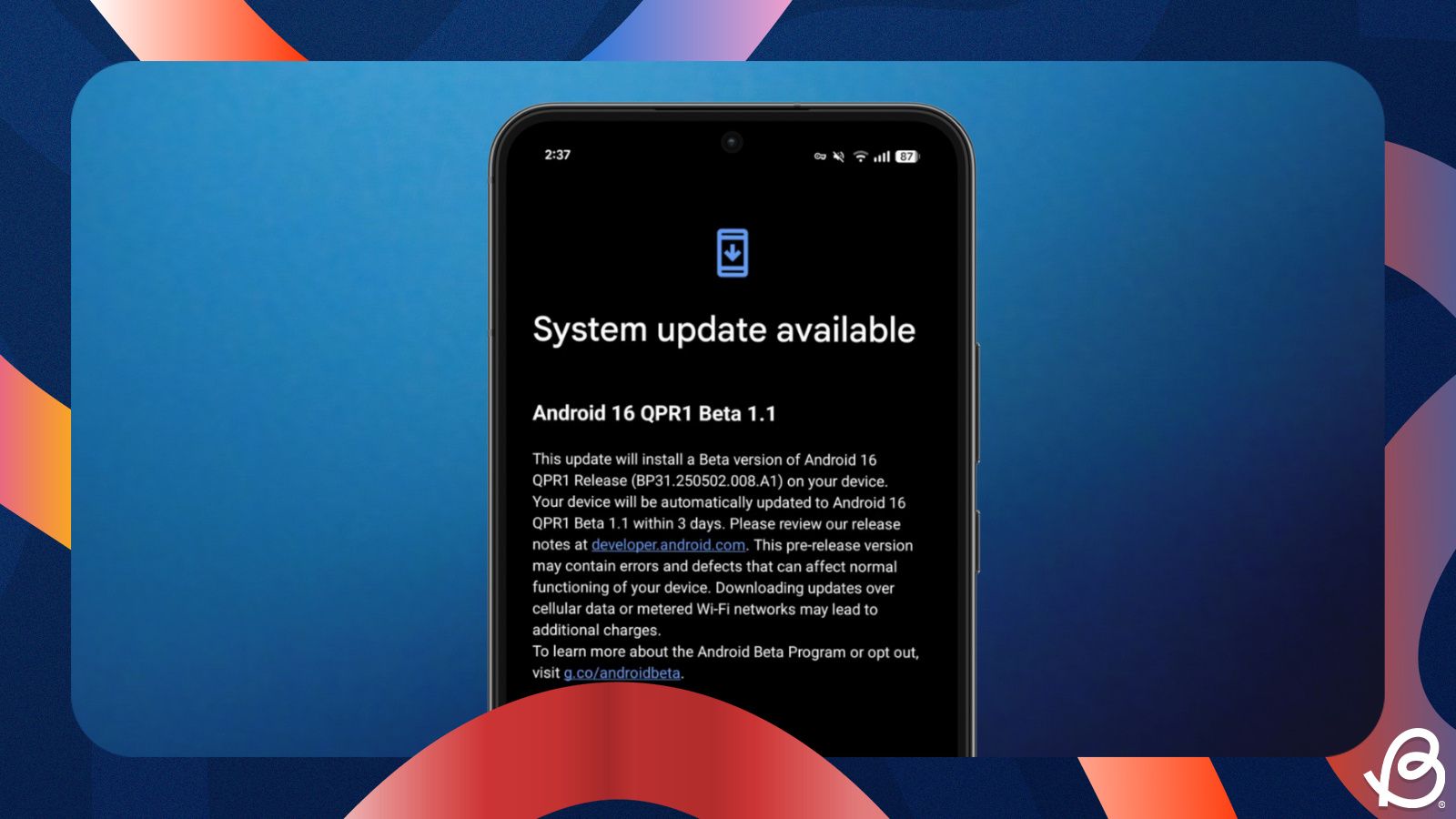
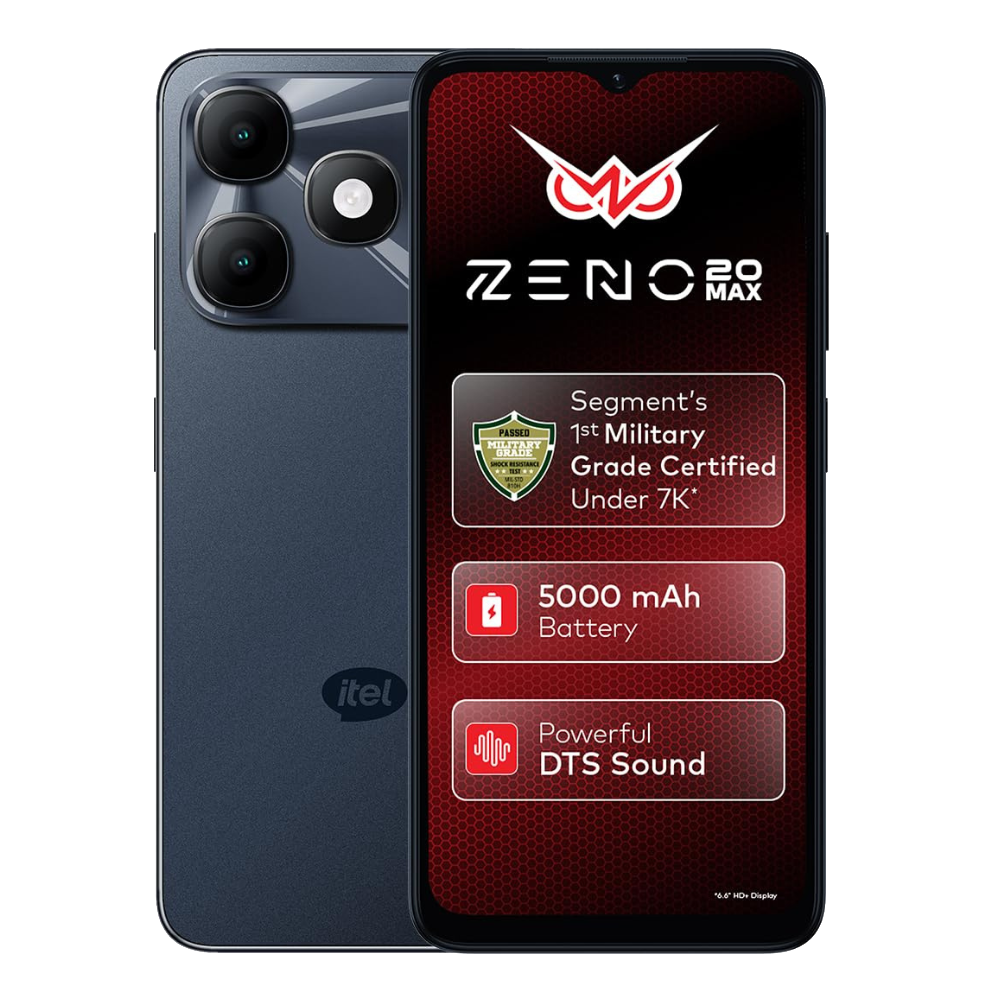


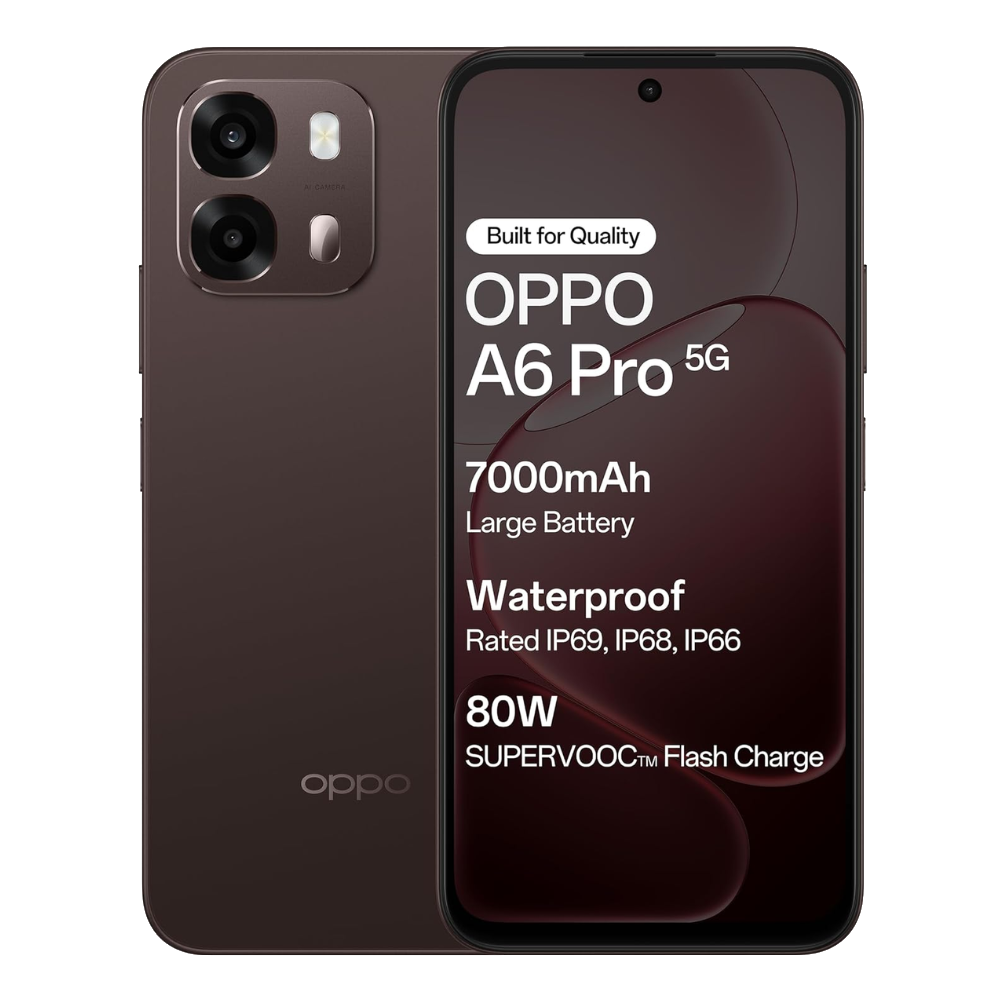






.png)




